Introduction
It has often been identified that people respond more positively to what they see and perceive physically in the society that they live and grow in. This is often the case where human beliefs, expectations and feelings depend heavily on the environment that they grow up in or rather live in (Shaffer & Kipp, 2009). It has often been identified that the infinite variability that is associated with play makes it quite hard to define and this may be the reason behind the varied theories developed by different psychologists as well as child therapists who have an interest on the growth and development of children. The fact that children have to grow in an environment that is constantly changing also means that there is an increased need to understand the effects of the environment in building character (Shaffer & Kipp, 2009). This should then have a general impact on the child’s adult life as well as the society in general through the development of positive perceptions as well as character.
The development of memory, cognition, self-concept, language and social as well as emotional abilities, is part of child psychology and is quite definitive of the character of an individual as an adult (Shaffer & Kipp, 2009). The building blocks in this case, are carefully and strategically placed as one develops between his or her birth and the end of his or her teenage. According to Jean Piaget’s theory of child development, children often go through four stages in their growth that are highly significant on their personality as children as well as adults after they have fully developed past their childhood. These are divided into four stages that include the sensorimotor stage, preoperational stage, concrete operations and formal operations.
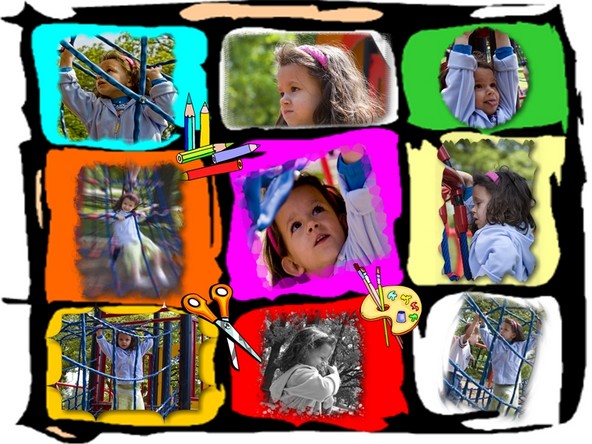
The sensorimotor stage
This stage of child development lays between the birth of the child and the time he or she gets to be two years old (Piaget, 2012). The child mainly grows through interaction with the environment around him or her, which allows the child to build concepts of reality as well as get an understanding of the main tenets behind the operation of the same reality as he or she perceives it. The child has a problem perceiving the existence of the objects in his or her environment when they are not in sight, which is identified as a detachment from reality that has to be developed by the time the child gets to be two years old (Piaget, 2012).
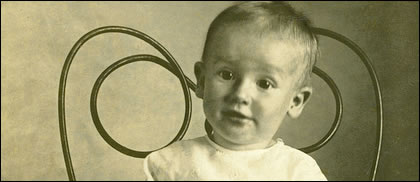
The Preoperational stage
It is identified that the preoperational stage, which falls between the ages of two years and seven years, is quite perceptive, but weak on nonphysical situations (Piaget, 2012). The child in this stage has a problem conceptualizing the environment that he or she interacts with, abstractly. The people in the environment that the child has to grow and develop in, often find themselves having to provide concrete physical situations that the child can form an attachment to in order to improve their perception of the environment and induce positive growth and character (Shaffer & Kipp, 2009). This is a fragile stage that requires guidance, which is often the responsibility of the people who are in the immediate environment that the child grows and develops in (Piaget, 2012). These individuals often include the parents of the child, his or her siblings and the teachers tasked with teaching them the basic perceptions of the world that they live in.
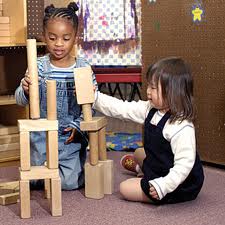

The concrete operations stage
It is identified that under the concrete operations stage, which mainly falls between the ages of seven and eleven, there is a significant increase in the child’s physical experience (Piaget, 2012). At this stage, the conceptualization of both the physical and the nonphysical elements in his or her environment is highly improved even though it may not be perfect. The child is also in a position solve abstract problems at this stage, with the carful guidance of the individuals in their environment (Shaffer & Kipp, 2009). This stage is characterized by a highly developing cognitive structure that is mainly defined by the child schooling and his or her interaction with peers. This is reinforced by a new found detachment from the high emotional attachments to parents and siblings that the child had previously developed. The child learns to accommodate external entities that have an impact on his or her life, and this is identified to be a crucial part of growth in as far as social skills are concerned (Piaget, 2012).

The formal operations stage
The formal operations stage, which falls between the ages of eleven and fifteen, is characterized by a complex growth of cognitive structures. It is often characterized by processes of cognitive reasoning that are almost similar to those of an adult (Piaget, 2012). This means that there is a level of conflict that cites both adult and childhood conceptions and this warrant the carful guidance of teenagers by the people in their environment. The shift of emotional attachment from their immediate family and guardians to their peers and the rest of society is often as a result of the previous social skills that they had developed in the preoperational and formal operations stages.
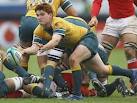
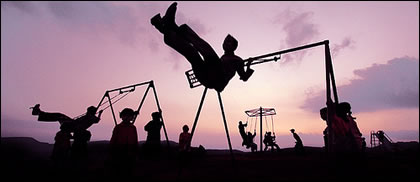
Conclusion
It is identified by the Piaget theory that the development of the child in as far as the building of cognitive structures is concerned, is heavily dependent on the experiences that the child has had in his or her life over the few years that the child has interacted with the environment. This often as a result of the formation of mental maps that the child has to consult and apply in every action that he or she undertakes in the subsequent days or years after perceiving the same act in a certain way from the environment (Piaget, 2012). The different courses of action in as far as morality and character are concerned that a child is taught by the teachers, parents, siblings or any other individuals in his or her environment, have a subsequent and similar impact on their actions in the future (Shaffer & Kipp, 2009).

The repetition of experiences ensures that acts are effectively assimilated into the child’s cognitive structure. This boosts the child’s mental balance where he or she is able to identify the different expectations of the society on each individual. Where new experiences are introduced, the fact that the child’s mental perceptions are still developing serves to ensure that he or she is able to reconstruct his or her cognitive structure to adapt to the new environment (Shaffer & Kipp, 2009). This change induces development, which compounds over the years that precede adulthood, to ensure that the child forms efficient cognitive structures that build the character of the adult that he or she turns out to be. The ages identified in Piaget’s development theory are not always fixed because of the differences in cognitions as well as environments that a child is exposed to.
References
Piaget, J. (2012). Piaget’s theory of child development and learning. Web.
Shaffer, D, & Kipp, K. (2009). Developmental Psychology: Childhood and Adolescence. Upper Saddle River: Cengage Learning.